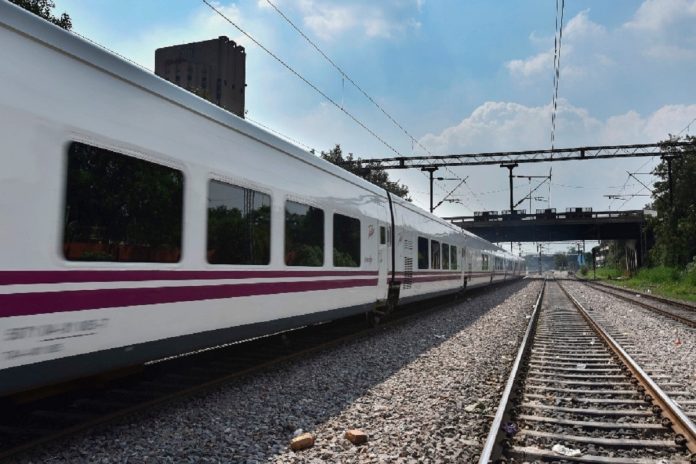Snapshot
Mission Raftar aims to reduce travel time on busy routes by running passenger-carrying trains at maximum speed of 160 kmph.
Setting the Mission Raftar in motion, Indian Railways has undertaken the upgradation of over head equipment (OHE) and strengthening of power supply system on Delhi-Mumbai and Delhi-Kolkata routes to run train at 160 kmph at an estimated cost of Rs 5,550 crore.
Mission Raftar aims to reduce travel time on busy routes by running passenger-carrying trains at a maximum speed of 160 kmph. The 1,525 km long Delhi-Howrah and the 1,483 km long Delhi-Mumbai sections are being taken up under Mission Raftar to speed up train journey on the routes.
The ambitious project involves strengthening of the track and power supply system, signalling upgradation, elimination of level crossings, realignment of curves and fencing of the proposed route among others.
“Power requirement is increasing over the time in Indian Railways. Upgradation of over head equipment (OHE) as part of strengthening of power supply system is crucial for running trains at higher speed and the Railways has initiated an elaborate exercise for the project,” said a senior Railway Ministry official.
The estimated cost of strengthening of power supply and OHE upgradation work in the 1,483 km long Delhi-Mumbai route is about Rs 2,550 crore and Rs 3,000 crore for the 1525 km long Delhi-Howrah route.
While there will be total 25 traction sub-station (TSS) in the Delhi-Howrah section, the Delhi-Mumbai section will have 19 TSS.
According to the railways, OHE work is expected to be completed along with civil engineering work which involves track upgradation, elimination of level crossings and fencing of the route.
All level crossings have to be replaced with road overbridge (ROB) or road underbridge (RUB), said the official.
Earlier the proposal was to have barbed wire along the route to prevent cattle trespassing. However, as barbed wire fencing is prone to theft, it has been decided to erect concrete wall instead as per the requirement.
The ambitious project envisages to be harbinger of a new era in train travel, and is expected to be operational by March 2024.


